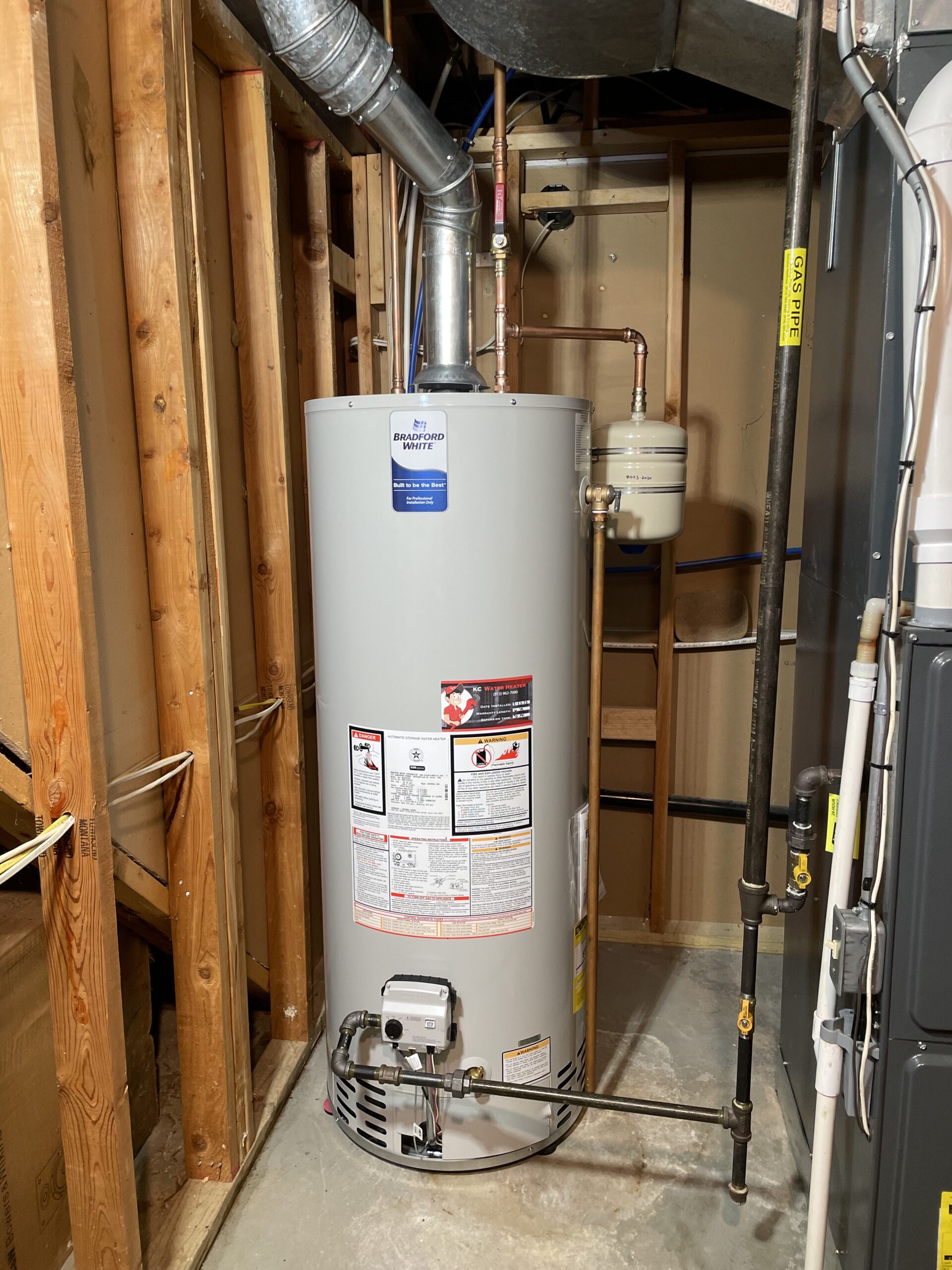Professional Tips on Maintaining Your Home's Hot Water System
Professional Tips on Maintaining Your Home's Hot Water System
Blog Article
This article on the next paragraphs relating to How to Maintain Your Water Heater & Prolong its Life is especially captivating. Don't miss it.

Hot water is important for day-to-day comfort, whether it's for a revitalizing shower or cleaning meals. To ensure your warm water system runs effectively and lasts longer, normal upkeep is crucial. This short article provides sensible ideas and insights on just how to keep your home's hot water system to avoid disturbances and expensive repairs.
Intro
Maintaining your home's warm water system might seem difficult, however with a few simple actions, you can ensure it operates efficiently for several years ahead. This overview covers every little thing from recognizing your warm water system to do it yourself upkeep tips and knowing when to call in specialist help.
Importance of Preserving Your Warm Water System
Routine upkeep not only extends the life-span of your hot water system yet additionally ensures it operates effectively. Neglecting maintenance can cause decreased performance, higher energy costs, and even premature failure of the system.
Indications Your Warm Water System Needs Upkeep
Recognizing when your hot water system requires attention can stop significant issues. Watch out for indicators such as inconsistent water temperature, weird noises from the heating system, or rusty water.
Comprehending Your Warm Water System
Prior to diving into maintenance tasks, it's useful to comprehend the standard components of your hot water system. Normally, this consists of the hot water heater itself, pipelines, anode poles, and temperature level controls.
Monthly Maintenance Tasks
Routine month-to-month checks can aid catch minor concerns prior to they rise.
Flushing the Water Heater
Flushing your water heater gets rid of debris buildup, improving efficiency and extending its life.
Checking and Replacing Anode Rods
Anode poles protect against corrosion inside the tank. Examining and replacing them when worn is vital.
Evaluating and Readjusting Temperature Settings
Adjusting the temperature settings ensures optimal performance and security.
DIY Tips for Maintenance
You can carry out a number of maintenance tasks yourself to keep your warm water system in top condition.
Checking for Leaks
Frequently examine pipes and connections for leakages, as these can cause water damage and higher bills.
Testing Stress Alleviation Valves
Testing the pressure safety valve guarantees it operates properly and stops extreme pressure accumulation.
Protecting Pipes
Protecting hot water pipes lowers warmth loss and can save power.
When to Call a Specialist
While DIY maintenance is advantageous, some issues call for expert experience.
Complicated Problems Requiring Specialist Assistance
Examples consist of major leaks, electric issues, or if your water heater is consistently underperforming.
Regular Expert Upkeep Perks
Expert maintenance can consist of extensive evaluations, tune-ups, and ensuring conformity with safety criteria.
Verdict
Normal maintenance of your home's warm water system is vital for efficiency, durability, and cost financial savings. By complying with these pointers and understanding when to look for professional aid, you can guarantee a trusted supply of hot water without unexpected interruptions.
How to Maintain an Instant Hot Water Heater
Before tinkering with your hot water heater, make sure that it’s not powered on. You also have to turn off the main circuit breaker and shut off the main gas line to prevent accidents. Also turn off the water valves connected to your unit to prevent water from flowing into and out of the appliance. 2. When you’re done, you have to detach the purge valves’ caps. These look like the letter “T†and are situated on either side of the water valves. Doing so will release any pressure that has accumulated inside the valves while at the same time avoid hot water from shooting out and burning your skin. 3. When the purge valves’ caps are removed, you have to connect your hosing lines to the valves. Your unit should have come with three hoses but if it didn’t, you can purchase these things from any hardware or home repair shops. You can also get them from retail stores that sell water heating systems. Read the user’s manual and follow it to complete this task properly. When the hosing lines are connected, open the purge port’s valves. 4. You should never use harsh chemical cleaners or solutions when cleaning your unit. Make use of white vinegar instead. It should be undiluted and you’ll probably use about 2 gallons. 5. Now flush your water heater. This task should probably take about 40 minutes. We can’t give you specific directions for this because the procedure is carried out depending on the type, model and brand of your heater. With that being said, refer to the user’s manual. 6. When you’re done draining the unit, you have to turn off the purge port valves again. Remove the hosing lines that you earlier installed on each of the water valves. Put the valve caps (purge port) back in their respective places and be very careful so as not to damage the rubber discs that are found inside these caps. 7. Now that everything’s back in place, check your user’s manual again to find out how to reactivate your water heating system. 8. Once it is working, turn one of your hot water faucets on just to let air pass through the heater’s water supply pipes. Leave the tap on until water flows smoothly out of it. https://www.orrplumbing.com/blog/2014/september/how-to-maintain-an-instant-hot-water-heater/

As a keen reader on Water Heater Maintenance Tips You Can't Afford to Forget, I imagined sharing that excerpt was smart. For those who enjoyed our article kindly be sure to pass it around. I thank you for reading our article about How to Maintain a Hot Water Heater in a Few Simple Steps.
Free Quote Report this page